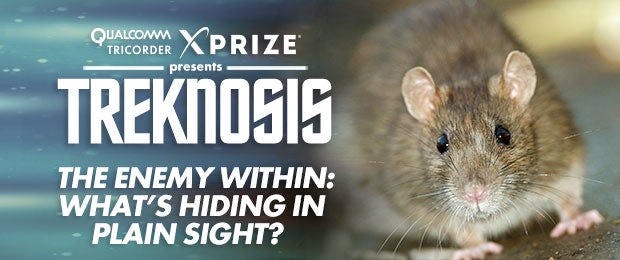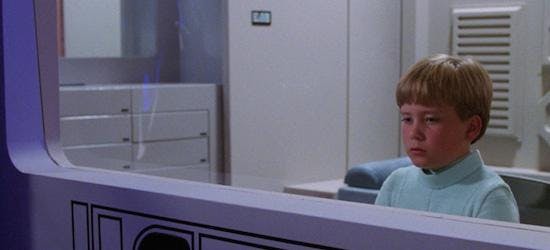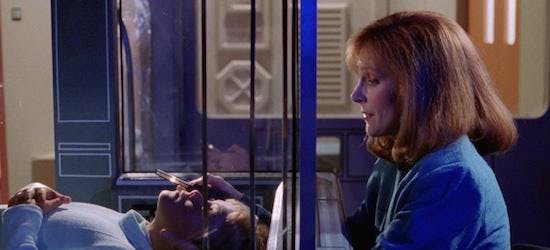Published Apr 27, 2015
THE ENEMY WITHIN: What's Hiding in Plain Sight?
THE ENEMY WITHIN: What's Hiding in Plain Sight?

What's the most dangerous place in the galaxy? Is it Talos IV? Vagra II? Rura Penthe? Maybe. They're certainly all strong candidates, but I'd bet at least a bar of gold-pressed latinum that nobody would've guessed popular Starfleet shore leave destination Ogus II — more specifically, the forest behind one of its arcades. That's where the less careful among us might one day be out for a walk, feel a rumble in our stomach, and reach for a tasty-looking cove palm fruit, which happen to be infested with parasites so virulently nasty that a Galaxy-class sickbay quarantine force field just doesn't cut it; you have to be isolated inside a glass box and hope someone gets you to a starbase medical facility before you keel over. This is a lesson that Willie Potts learned, though thankfully not at the cost of his life, in the Star Trek: The Next Generation episode "Brothers."







